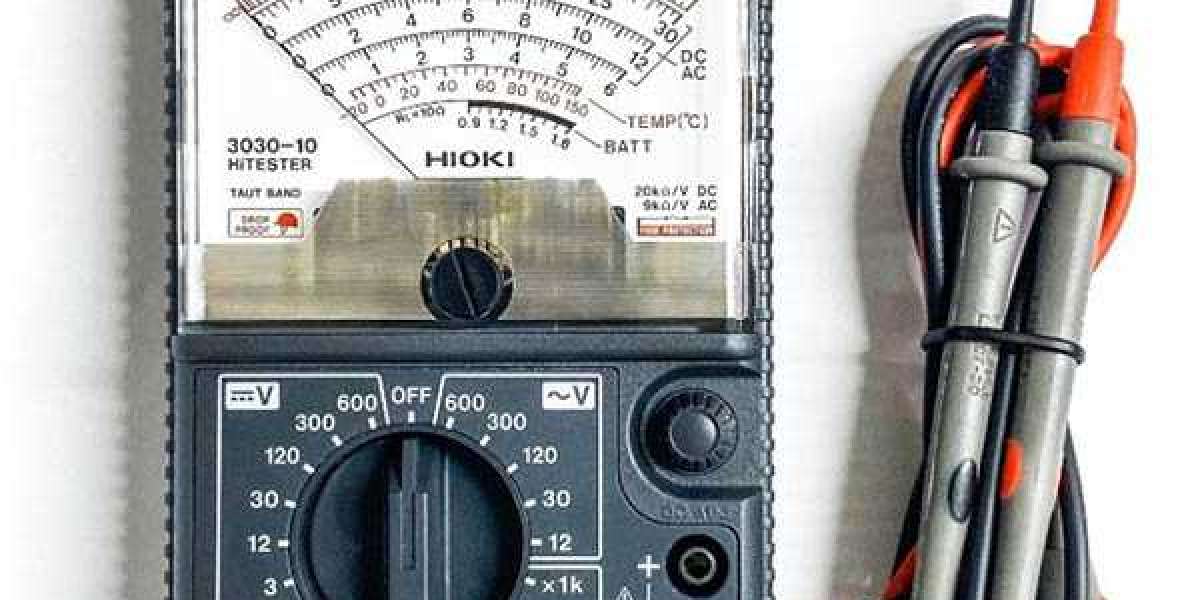How Binaural Beats in Hardstyle and Dubstep Are Changing the Way We Listen"
Introduction:
Binaural beats have been gaining popularity in recent years as a tool for meditation, relaxation, and mental enhancement. However, their impact isn’t limited to tranquil environments; they are also making their way into the energetic and bass-heavy realms of hardstyle and dubstep music. These genres, known for their driving beats and immersive soundscapes, are now experimenting with binaural audio to create deeper, more engaging listening experiences. Let’s dive into the science behind binaural beats and explore how hardstyle DJs and dubstep DJs are incorporating this fascinating technology into their music.
What Are Binaural Beats?
Binaural beats are an auditory phenomenon that occurs when two slightly different frequencies are played separately into each ear. The brain perceives a third frequency, which is the mathematical difference between the two. For example, if a frequency of 200 Hz is played in one ear and 210 Hz in the other, the brain perceives a 10 Hz beat. This third frequency, known as the "binaural beat," can influence brainwave activity, potentially altering mood, focus, and cognitive function.
Research has shown that listening to binaural beats can synchronize brainwave patterns to a desired state, such as relaxation, concentration, or even creativity. This has made them a popular tool for meditation, sleep enhancement, and studying. However, in the context of hardstyle and dubstep, the use of binaural beats takes on a different role—enhancing the listener's experience by adding depth and intensity to the music.
Binaural Beats in Hardstyle: Amplifying Energy and Focus
Hardstyle is a genre known for its intense beats, fast tempos, and high energy. Incorporating binaural beats into hardstyle music can enhance these characteristics by creating a more immersive experience for the listener. For instance, binaural beats can be embedded within a track to amplify focus and energy, making it easier for fans to stay engaged and active on the dance floor.
Hardstyle DJs have started to experiment with binaural beats to create unique tracks that stand out in a crowded field. By carefully selecting frequencies that correspond to higher beta waves (which are associated with heightened alertness and concentration), they can make their music more stimulating. The result is a track that not only sounds intense but also makes the listener feel more energized and focused.
This effect is particularly effective in live performances, where the combination of intense lighting, powerful bass, and binaural beats creates a multi-sensory experience. Fans often report feeling a heightened sense of connection to the music and the crowd, which adds to the overall enjoyment of the event.
Dubstep and the Exploration of Binaural Soundscapes
Dubstep is already known for its complex sound design, heavy bass, and unpredictable rhythms. Incorporating binaural beats into dubstep tracks takes this complexity to another level, allowing DJs and producers to play with the listener's perception of space and depth. Binaural beats can create an almost 3D effect, making certain elements of a track appear closer or farther away, moving around the listener’s head in a way that stereo sound cannot achieve.
Dubstep DJs like Bassnectar and Excision have begun exploring binaural audio techniques to create tracks that feel more dynamic and engaging. By using frequencies that promote alpha or theta brainwave states (associated with relaxation and creativity), they can build tension and release in a way that feels more natural and compelling to the listener. This adds a new dimension to the music, making it feel more alive and enveloping.
For example, a dubstep track might start with a deep, rumbling bassline that feels like it's surrounding the listener, gradually adding binaural elements that make the highs seem to move around their head. As the track builds toward a drop, the binaural beats could shift frequencies to create a feeling of anticipation and excitement, enhancing the impact when the bass finally hits.
The Science Behind the Experience: How Binaural Beats Enhance Music
The use of binaural beats in hardstyle and dubstep isn't just about making music sound cool—it's rooted in the science of how our brains process sound. When we listen to music with embedded binaural beats, our brain's auditory processing centers work to make sense of the different frequencies, resulting in the perception of a third, phantom beat. This process can engage multiple areas of the brain, enhancing the overall listening experience.
Studies have shown that binaural beats can influence mood and emotional states by affecting brainwave patterns. For example, frequencies in the alpha range (8-12 Hz) are often linked to relaxation and reduced anxiety, while beta frequencies (13-30 Hz) are associated with concentration and alertness. By embedding these frequencies within a hardstyle or dubstep track, DJs can subtly influence how their audience feels during a performance, guiding them through different emotional states.
Applications Beyond the Dance Floor: Everyday Benefits
While the primary application of binaural beats in hardstyle and dubstep is to enhance the live experience, there are also potential everyday benefits. For example, fans who listen to these genres while working out, studying, or even relaxing might find that the binaural elements help them focus better or feel more motivated. This makes the music not only enjoyable but also functional, adding a new layer of value for listeners.
Many listeners use hardstyle and dubstep playlists with binaural beats during high-intensity workouts to maintain energy levels and motivation. Meanwhile, tracks that incorporate slower binaural frequencies can be used for activities that require concentration, such as coding, painting, or even driving. This versatility makes the incorporation of binaural beats a powerful tool for both DJs and listeners.
Challenges and Considerations: The Future of Binaural Beats in EDM
While the integration of binaural beats into hardstyle and dubstep music offers exciting possibilities, it also presents challenges. For one, creating binaural tracks requires specialized equipment and software that not all producers have access to. Additionally, not all audio playback systems can accurately reproduce the binaural effect, meaning that listeners may not always experience the intended impact.
However, as technology advances and the demand for more immersive audio experiences grows, the use of binaural beats in EDM is likely to become more widespread. As more EDM DJs and producers explore this technique, they will develop new ways to push the boundaries of what is possible in music, offering fans fresh experiences that go beyond the traditional stereo sound.









